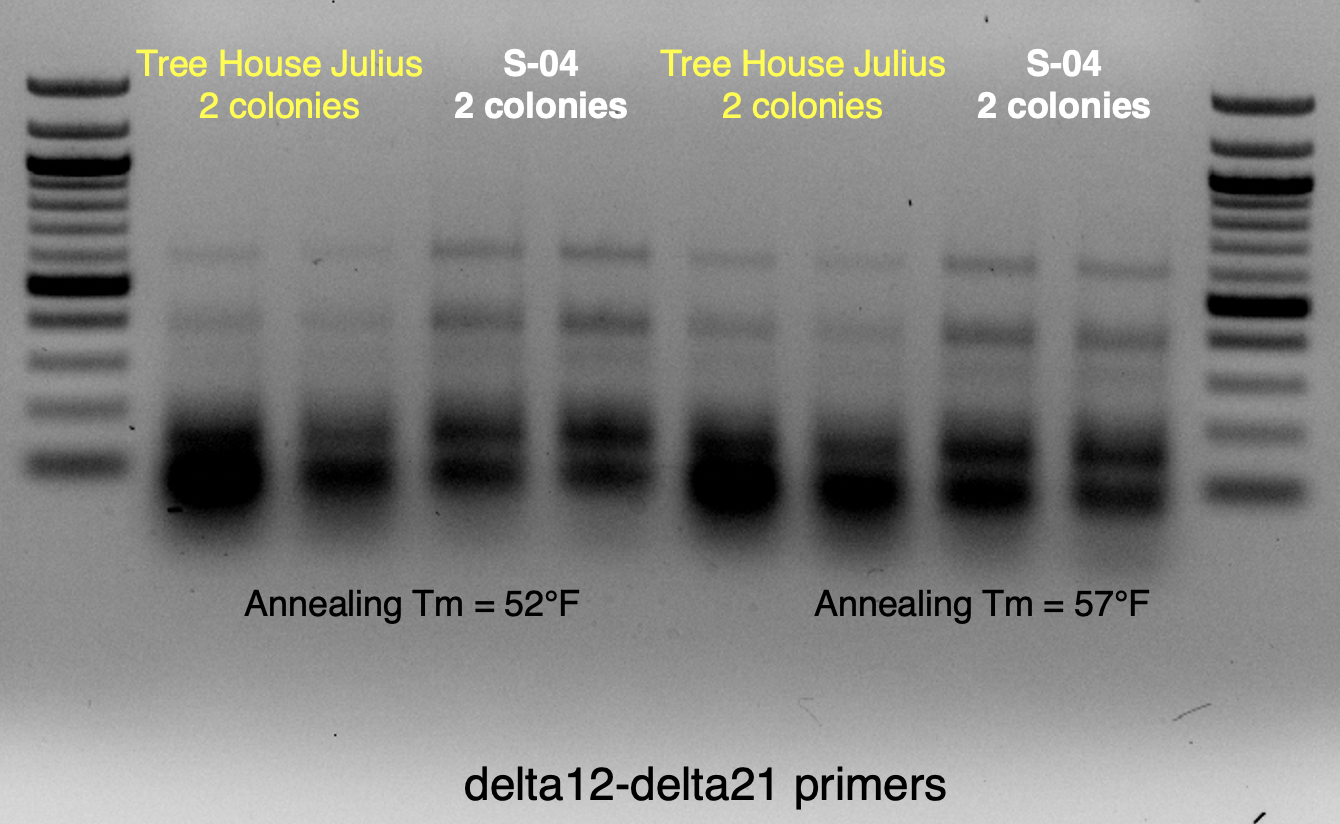I’ve been doing a lot of research into anything Nate and co. have ever put out in terms of interviews, beer descriptions, pictures, etc. Take a look at the attached pictures (some have been posted here before, I’m sure) and chime in on if you agree with my lone of thinking. 1) his cellar setup circa 2012 with 3 Blichman 14 gallon fermenters also has 2 kegs turned fermenters, as evidenced by the blowoff hoses running out of them. Why buy/make these when you are already purchasing what was at the type the top of the line fermenters? This leads me to believe he needed an FV with the capability to pressurize while fermenting. If he changed the 4” TC cap he could pressurize while fermentation is completing (ie some small natural carbonation, for that soft mouthfeel). This leads me to number 2)... he has 2 flasks with starters going right next to the 2 keg-menters, almost like he’s preparing to pitch a 2nd yeast in each after fermentation has been going. This leads us towards pitching dry S04 first with no starter, then waiting until some/most of fermentation is done to pitch a starter of T58 and/or WB06 that’s already ready to go and capping the FV to finish fermenting. 3) the final variable here is when would dry hopping be performed? The biotransformation campy would say it’s pitched with the starter before the FV is capped. This would be similar to how
@echoALEia arrived at his almost-there beer that’s been discussed. If capped, there should be no “blowing-off” of important oils and flavor/aroma compounds, as well. 4) Nate’s use of brite tanks is well known, so perhaps he’s fermenting in a typical FV until 5-10 points before final gravity, transferring to the brite, pitching the starter and dry hopping, and capping the beer for good. He’d add necessary CO2 to get the carbonation level needed and cold crash out the hop material before canning from the brite. This would explain some of the trub/hop residue in cans that people occasionally get.

































![Craft A Brew - Safale S-04 Dry Yeast - Fermentis - English Ale Dry Yeast - For English and American Ales and Hard Apple Ciders - Ingredients for Home Brewing - Beer Making Supplies - [1 Pack]](https://m.media-amazon.com/images/I/41fVGNh6JfL._SL500_.jpg)




























